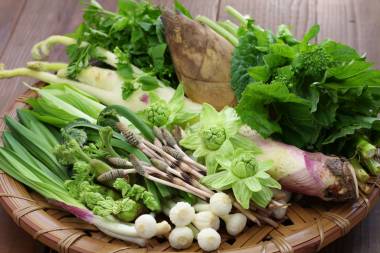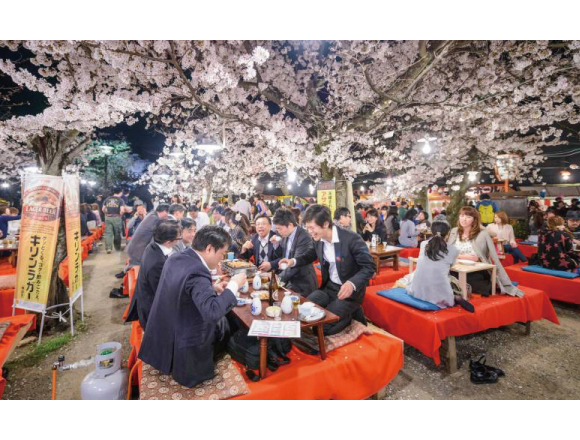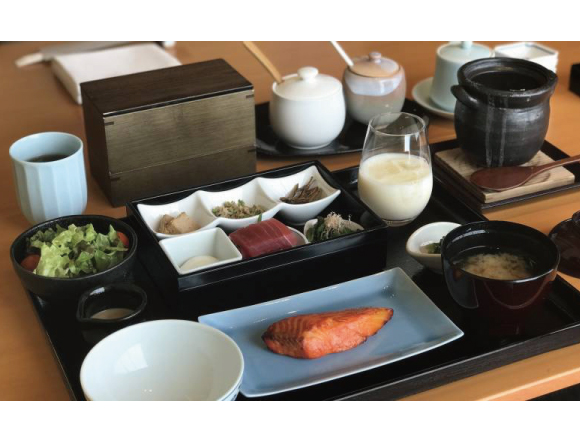Halfway between winter and spring equinox, the plum flowers will start to blossom across Japan. The 88th day of spring marks the first day of tea leaf picking for a new season, and the leaves of this harvest fetch high prices. 210 and 220 days from the beginning of spring are pegged as days that typhoons will most likely come, causing much dismay to farmers. While it may sound like a parody, since ancient times, Japan has taken seasonal cues from the natural calendar. This is particularly evident in cuisine, meaning that if you’re in Japan during the spring months, you can look forward to a special selection of things to eat and drink.
Sansai

sansai are often used as ingredients in shojin ryori(buddist vegetarian cuisine).
These are the wild mountain vegetables that poke their welcome heads out as soon as the snowy blankets and chill of winter start to give. Sansai are usually bitter and provide timely astringence to break down fat and toxins stockpiled through colder months. The most common types include takenoko (bamboo sprouts), taranome (Japanese angelica-tree roots), fuki (butterbur) and nanohana (rapeseed)
.








